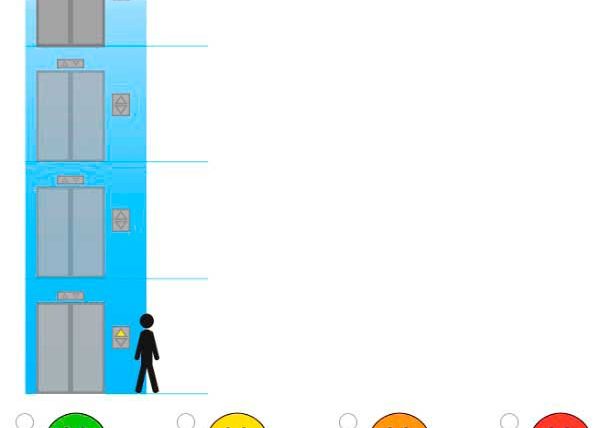This Readers Platform explains the Wurtec process of ensuring safety for its products.
by Terry Rodebaugh and Mark Drake
Everyone knows the word — safety. Everyone also knows that, at the end of every day, safety is all about what you do, and really nothing or very little about what you say. In the elevator industry, as much, or more, than most other industries, everyone agrees that safety is absolutely important. Our industry’s products and work impact the employees who install and maintain elevators and will ultimately impact the general public that rides them.
At Wurtec, we strive to design in, build in and ensure safety for all the products we manufacture and sell. We engineer, design and have as one of our most important goals to “certify” our products and the key functions related to the safety of our products. Wurtec employs more than nine full-time and degreed engineers, a relatively high percentage of staff for a smaller company. This approach and relative ratio has been true for Wurtec since it began more than 30 years ago.
The product-safety process for Wurtec includes engineering certification, declarations of conformity, third-party certification reviews, reviews by outside professional engineers (PEs), outside laboratory testing, product “marks” (recognized certifications), as well as labeling, product documentation and user instructions.
The engineering design process starts with computer-aided design (CAD) software (such as SolidWorks) and finite element analysis (FEA). A working prototype can be achieved in a reasonably short time with these common engineering tools. Testing is done to validate the design after the prototype is built. If the tests are successful, the design is finished, incorporating the improvements discovered in process. Should the prototype fail, it’s back to the drawing board, and this iterative process starts again with an improved chance of success the next time around. All of this assures and, hopefully, validates that a product is safe when it is finally released for production.
Product compliance often involves establishing good product documentation, including instructions, risk assessments and labels. Documentation helps to make it possible to achieve certifications. In the elevator industry, that generally means that products conform to ASME A17.1, EN 81 or one of the related standards. It could also involve a mark or listing, such as CE, UL/CSA, or FCC.
The process and final decision on certification can vary for different products. One mark for certification that is growing in use (especially for recognition around the world) is the CE mark. Wurtec has started an initiative to list products with this mark. Interestingly, our Rail Blocks, for suspending equipment and personnel during installation, is a product for which there is no standard within the Conformité Européene (CE). When there is no European Standard (EN) associated with a product line, Wurtec tags such equipment with working-load limits and ratings, and offers instructions and manuals for correct and proper use. In cases like this, sometimes, potential users may think they cannot use our product when it doesn’t have a CE mark. That is a challenge for the industry. If there is no EN, that just means it cannot legally be marked “CE.” The lack of an EN standard is by no means a mandate that a product cannot be sold in the European Union. At Wurtec, we design, test and document such products just like there is a standard and follow all the same design, testing and labeling practices, because these proven processes are integral to the development of safe products.
There are a few acceptable practices and processes for marking (certifying) products. At times, it makes sense to hire outside third parties to review and check our work. In some cases, Liftinstituut has been hired to review a product to verify compliance with certain standards. Or, as mentioned previously, PEs may be hired to review the product and put their stamp on it. There is also a process for self certifying some products. All three of these are accepted ways to put a certification mark (like CE) on a product.
The number of products that Wurtec designs, makes and certifies is continually growing and being reviewed. Some of these products are rope-shortening clamps, rail lifters and rail blocks (with and without clevis), work platforms, false cars and beams that create hoisting points in hoistways.
The elevator industry has an OEM safety group, and there are also safety committees within the National Association of Elevator Contractors. Safety groups like these are now requiring every aspect of rigging, hoisting and lifelines to have “WLL” (working load limit) tags. They are also requiring yearly certifications of lifting equipment and machines, like capstans, golos and climbing hoists. Wurtec is actively in the middle. For some companies, Wurtec is providing certification. Others do their own certification and labeling.
Get more of Elevator World. Sign up for our free e-newsletter.









